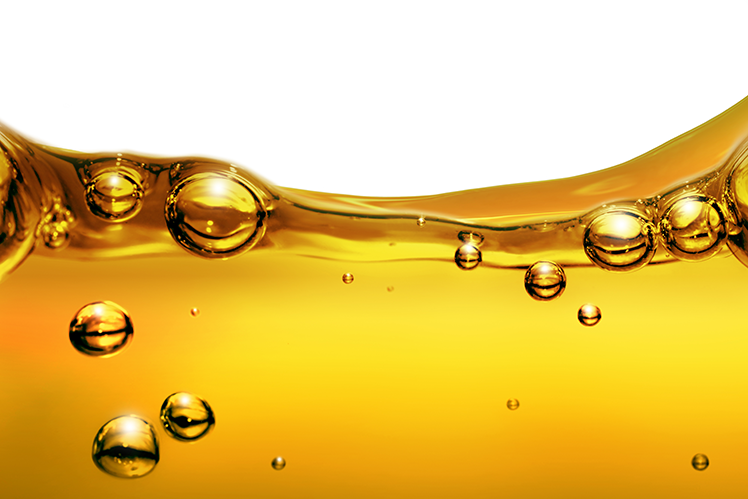11/09/2017 Event
THE BIGGEST FACTOR AFFECTING BOTH BASE STOCK AND LUBRICANT DEVELOPMENT SEEMS TO BE FUEL QUALITY.

We want to focus in this paper on a retrospective on the last 20 years of base stock and lube development. In pondering what is the single biggest factor affecting both base stock and lubricant developments, it seems to come back somewhat unexpectedly to fuels – or at least fuel quality. Take for example the change in fuel sulfur level. In 2006, Euro 2 diesel fuels contained 500 parts per million sulfur. Twenty years later and with a few steps on the way, we have 10 ppm sulfur levels. Similar changes were mandated in the United States. These sulfur levels demanded significant investment in refinery hydro-desulfurization. Together with European and Asian dieselization, we now have more fuels hydrocrackers delivering that low-sulfur diesel.
Fuels hydrocrackers, however, also produce the main feedstock for API Group III production – called fuel hydrocracker bottoms or hydrowax. Hydrowax, when not needed for Group III production, can be recycled and further hydrocracked to produce more diesel.
Without those lower fuel sulfur levels, we would not have been able to formulate emissions systems compatible low-SAPs lubricants (Sulfated Ash, Phosphorus and Sulfur) and mid-SAPs lubricants. We can get away with much lower levels of overbased detergent – a major lube ash contributor – simply because combustion forms lessfuel-derived sulfuric acid; hence, the finished lube needs less neutralization.
Fuels-enabled Group III feedstock provides the base stocks required for high-quality, excellent additive response oils that form the basis of the majority of current fuel economy lubricants. We wouldn’t be able to consider as a matter of routine the future new lower high-temperature, high-shear fuel economy grades (SAE 16, SAE 12, etc.) without these low Noack, very high VI Group III stocks. The last 20 years have also seen a significant increase in synthetic lubricants. This was largely due to the 1999 decision in the U.S. that recognized severely hydrocracked Group III as an alternative to polyalphaolefin for a synthetic lubricant claim.
Another factor that has developed over the last 20 years is the brightstock question, raised because of decreasing Group I production. Industry need not worry about distillate base stock grades because they are covered by the increased Group II production. However, there still is no totally satisfactorily alternative to Group I brightstock, mainly because of the limitations of catalytic dewaxing technology for heavy grades. Solve this problem cost-effectively, and we can have water white, clear and bright brightstock viscosity grades meeting Group II and potentially Group III specifications. That is something for the base stock technology developers to address in the next 20years – but hopefully it won’t take that long!
Returning to the fuels/lubes interaction.Just when everything seemed to be going well because of increased hydrocarbon fuel quality – both gasoline and diesel – oxygenated biofuels, mandated in various countries and economic zones, hit the market. These fuels cause several problems for lubricants formulators, including fuel dilution by nonvolatile fuel biocomponents, total acid number increase, lube gelling and ash build-up in particulate traps. Hopefully, these issues can be solved in due course.
There have been some developments of both hydrocarbon and oxygenated biobase stocks in the last decade or so. Some of these base stocks look very interesting, but we still await the economies of scale to ensure their routine use in the lubricants of tomorrow. Biobase stocks will continue to develop, but we would not like to make the call on what fraction of base stock supplies they will constitute in 20 years’ time.
Lubricants over the next 20 years can look forward to quality improvements with the greater volumes of high specification base stocks – whether Group III derived from waxycrudes, hydrowax or gas-to-liquids.
And don’t forget PAOs, where there has been continued developments of LAO (linear alpha olefin) projects – without which they could not service growth in the PAO sector of base stocks. Improvements in polymerization catalysis has provided base stock shape specificity, which has boosted PAO VI.

